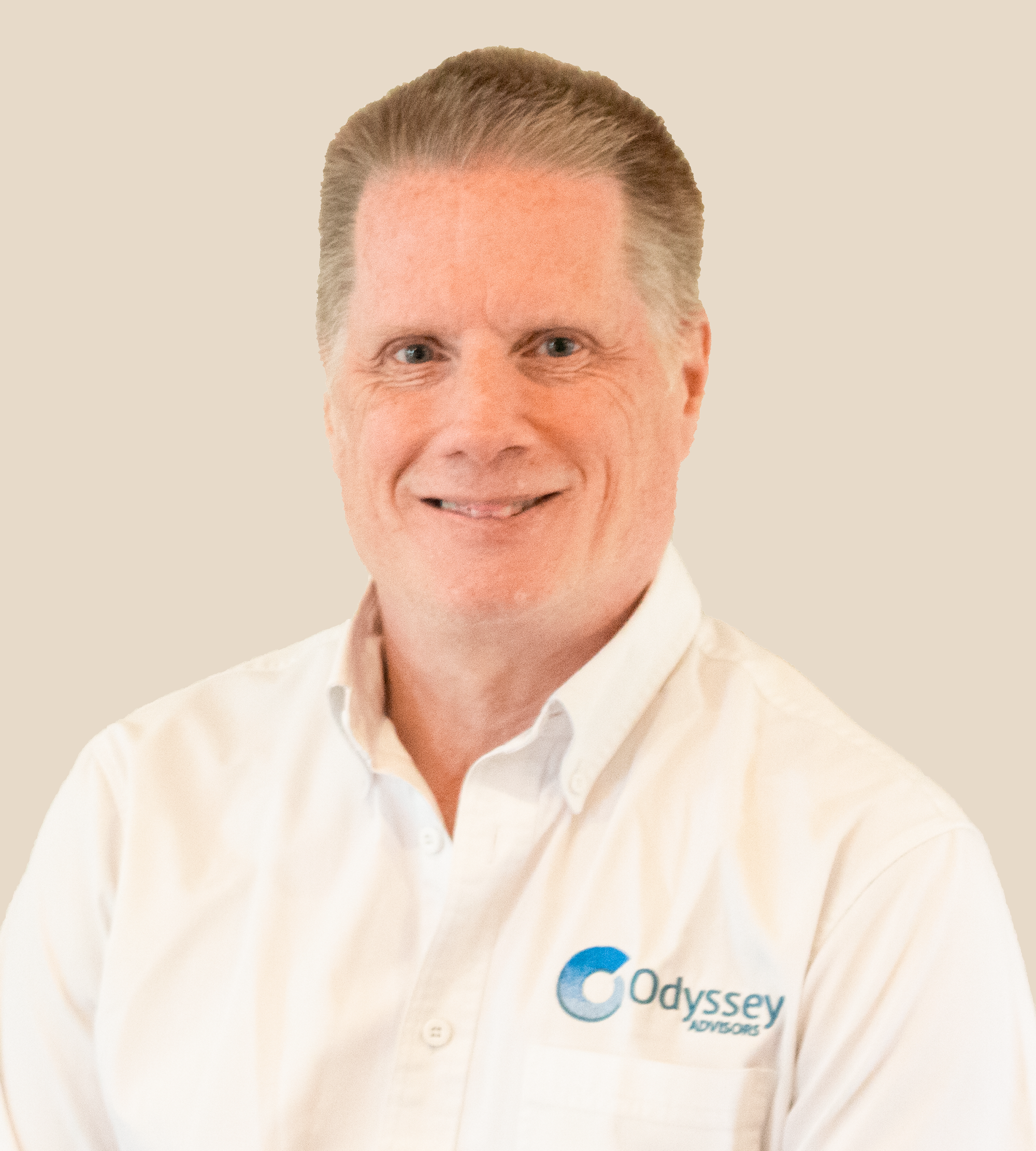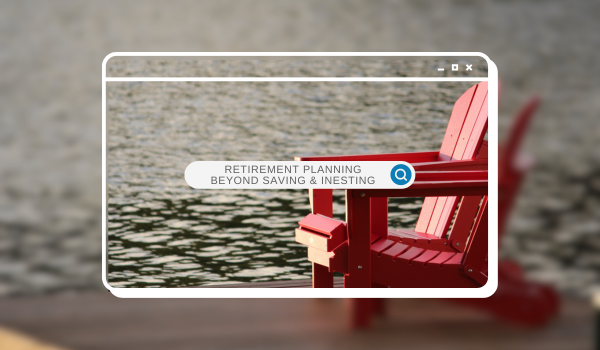Your Guide to Safe Harbor 401(k) Plans before the December 1st Deadline
August 28, 2023|Parker Elmore

There is more than one safe harbor plan design. But, if you’d like to convert your existing plan, the deadline is December 1st for a calendar year plan.
If you’re a sponsor of a 401(k) plan, financial advisor, or accountant helping your client, you’ve considered a safe harbor plan design. With year-end approaching, we want to take a moment to remind you of the potential benefits of such a design for your organization as well as for the owners of the business.
Why Safe Harbor?
If your plan has had issues passing nondiscrimination tests and/or your plan is top-heavy, the safe harbor contribution will allow you to automatically satisfy the nondiscrimination tests and may satisfy the top-heavy minimum contribution.
Is there more than one Safe Harbor Design?
There are three (3) distinct 401(k) Safe Harbor designs and the choice will depend on your budget, your particular goals, and demographics.
- Nonelective Contribution – the plan sponsor will make a 3.0% compensation contribution to all eligible non-highly compensated employees (“NHCEs”) – they may also make this contribution to highly compensated employees (“HCEs”). These contributions are 100% vested as soon as they are made without conditions.
- Matching Contribution – the plan sponsor will make a matching contribution of at least 100% of the 1st 3.0% of deferred compensation and 50% of the next 2.0% of compensation. So, the maximum cost to the employer is 4.0% of pay assuming all participants defer at least 5.0% of their pay into the plan. Again, these contributions are 100% vested as soon as they are made without conditions.
- QACA Matching Contribution – Under a QACA or “Qualified Automatic Contribution Arrangement”, employees are automatically enrolled in the plan with deferral rates of no less than 3.0%. The plan sponsor will make a matching contribution of at least 100% of the 1st 1.0% of deferred compensation and 50% of the next 5.0% of compensation. So, the maximum cost to the employer is 3.5% of pay assuming all participants defer at least 6.0% of their pay into the plan. These contributions may be subject to cliff vesting for a period not to exceed two (2) years.
What about cross-testing?
For those plan sponsors who would like to make significant extra “profit-sharing” contributions to a targeted group of people (often owners & management), cross-testing is an excellent solution. And, it can be paired with a safe harbor plan design to minimize the costs.
To Safe Harbor or not to Safe Harbor?
As noted above, the choice of whether or not to elect a safe harbor design and which option will depend on cost, demographics, and the organization’s goals. With recent census information, your consultant can help you see if it makes sense for you.
If you need any further help with your safe harbor design, contact one of our consultants.
Categories: Retirement

About The Author As President and CEO of Odyssey Advisors, Parker Elmore is dedicated to quality service, expertise, and efficiency. With over 35 years of industry experience, Parker and the Odyssey team develop and implement solutions to the complex financial issues faced by...
More Insights From This author

October 2, 2024
Parker Elmore

August 28, 2023
Parker Elmore







